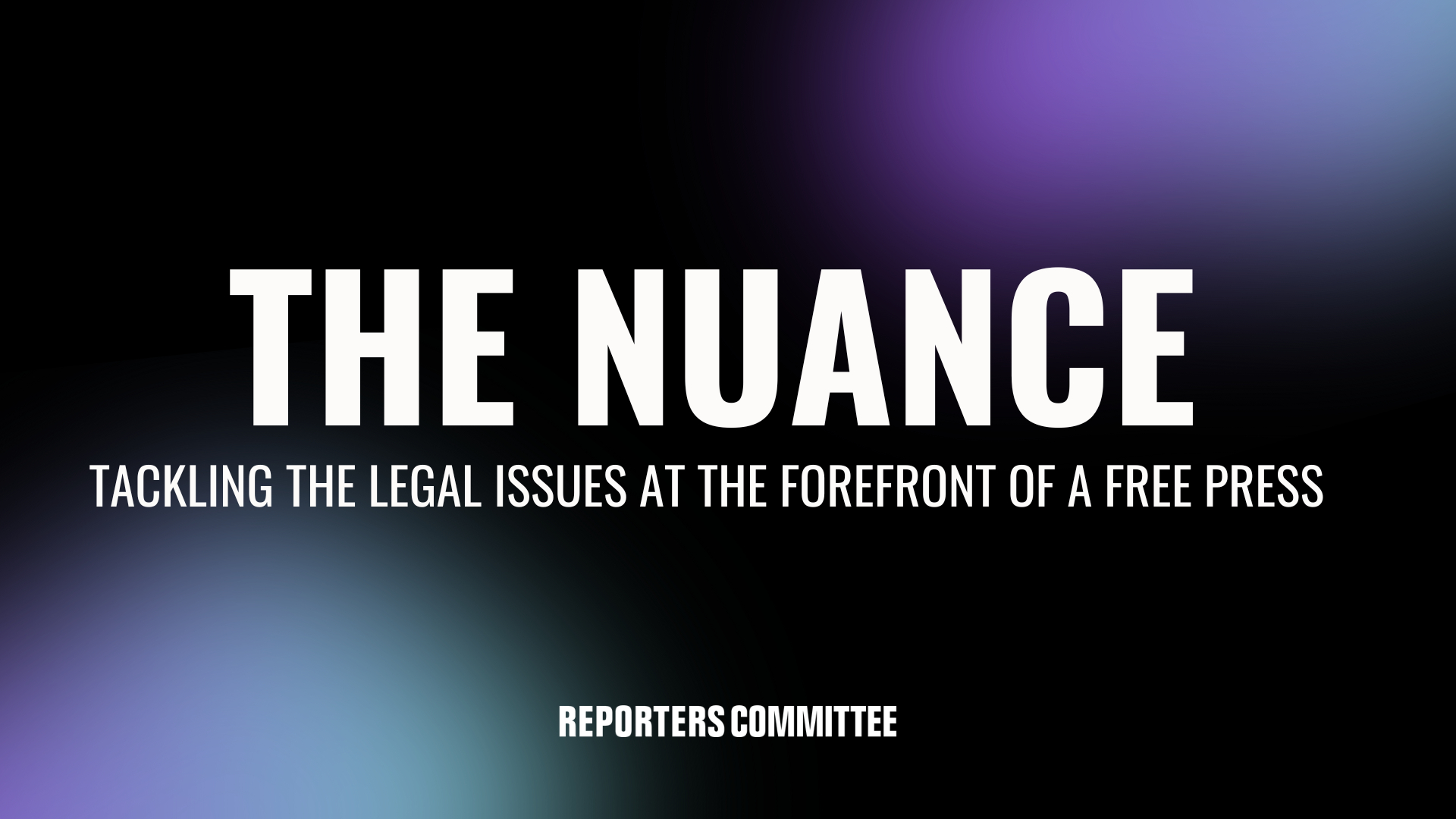Charges of ‘elite’ coastal media bias the clarion call of the censor

I was having a bit of trouble finding something to write about for this week’s newsletter, so, in honor of Dave Anthony and Gareth Reynold’s new podcast, “The Past Times,” I used the New York Times’s archive to go back 50 years to see what was happening then at the intersection of technology and press freedom. As it turned out, I found quite a lot, including a long-forgotten episode in the Nixon administration’s efforts to influence network news coverage in its favor — one that offers eerie echoes of anti-tech proposals today.
Jan. 11, 1973, was a relatively quiet day for the news. The trial of the Watergate burglars was underway and E. Howard Hunt had just offered to plead guilty to three charges. (Federal Judge John J. Sirica would reject that plea the next morning, prompting Hunt to agree to plead to all six charges for which he would ultimately serve 33 months in prison.) The lead editorial was headlined “Zooming Food Prices” and called for increased production as a “frontal attack [against inflation] at the farm level.” A now little-known Irvin Kershner film starring Barbra Streisand called “Up the Sandbox” had a quarter page ad. And, squirreled away on page 41 was a story headlined, “Whitehead Asserts Nixon Bill Does Not Seek to Curtail Television Freedom.”
The article concerned a speech that Clay T. Whitehead, the director of the White House Office of Telecommunications Policy, had given in late December in Indianapolis before Sigma Delta Chi (now the Society of Professional Journalists). Whitehead’s address “sent shock waves through some segments of the broadcasting industry,” as they perceived it as yet another prong in the Nixon White House’s efforts to strongarm network news operations.
The other prongs in that enterprise are relatively well known: Vice President Spiro Agnew’s 1969 Des Moines speech slamming the networks as biased against the Nixon administration’s Vietnam War policies, challenges to the Washington Post’s broadcast licenses by Nixon allies, and the strategic use of the primetime programming antitrust case to scare the networks.
But the Whitehead address, while lost to history, is more elegant by half than these comparatively brutish measures. Here’s why: The Whitehead speech had two parts — a stick and then a Bugs Bunny-worthy carrot. The stick was Whitehead condemning “ideological plugola” and “elitist gossip” in network news programs (“plugola,” like “payola,” is the practice of broadcasters personally benefiting from covertly agreeing to pitch something on air), and warning that “station managers and network officials who fail to correct imbalance or consistent bias in the networks or who acquiesce by silence” would be held fully accountable at license renewal time.
In other words, Whitehead was attempting to enlist the network affiliates — particularly those in middle America (note that the speech was in Indy) — to censor the networks.
And then there was the carrot. The “bill” the headline referred to was a proposed amendment to the Communications Act of 1934 that would give affiliates a huge boon: a five-year license renewal rather than the current three.
As professor Lucas A. Powe, Jr., points out in his book “American Broadcasting and the First Amendment,” “The campaign to use affiliates as administration censors may well have been the most intelligent and potentially successful idea the paranoid White House came up with.” But, as Powe also notes, the timing of the proposal was not in the White House’s favor, as Watergate would ultimately quell the “war against the networks.”
Why mention this now? Well, it’s difficult to avoid the parallels between Whitehead’s Main Street attack on coastal elites and the current agita over Silicon Valley ideological bias. This Supreme Court term is likely to be a watershed in how Whitehead-era First Amendment precedent applies to online media. Hopefully these lessons of the past will suggest to the close observer the linkages between claims of elitist media bias and the heart of the censor.
Like what you’ve read? Sign up to get The Nuance newsletter delivered straight to your inbox!
The Technology and Press Freedom Project at the Reporters Committee for Freedom of the Press uses integrated advocacy — combining the law, policy analysis, and public education — to defend and promote press rights on issues at the intersection of technology and press freedom, such as reporter-source confidentiality protections, electronic surveillance law and policy, and content regulation online and in other media. TPFP is directed by Reporters Committee attorney Gabe Rottman. He works with RCFP Staff Attorney Grayson Clary and Technology Press Freedom Project Fellow Emily Hockett.